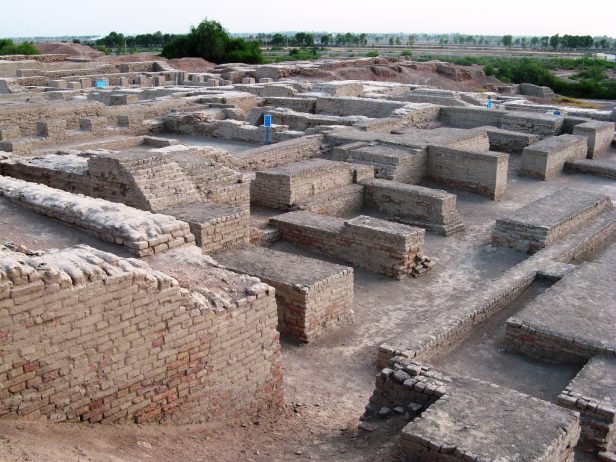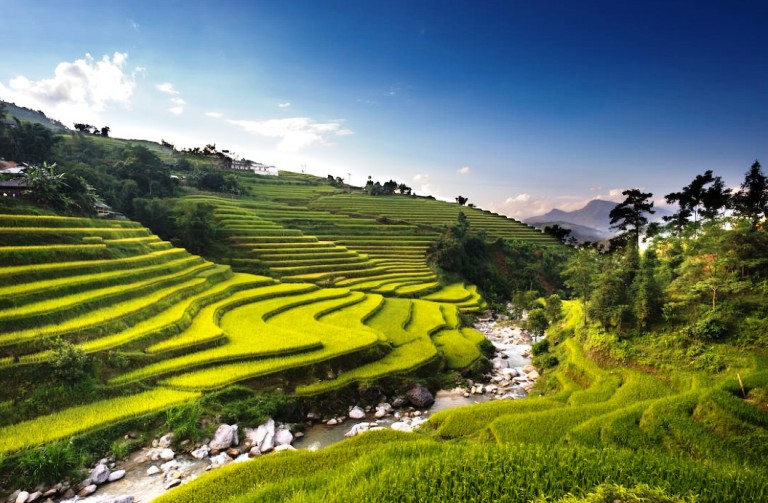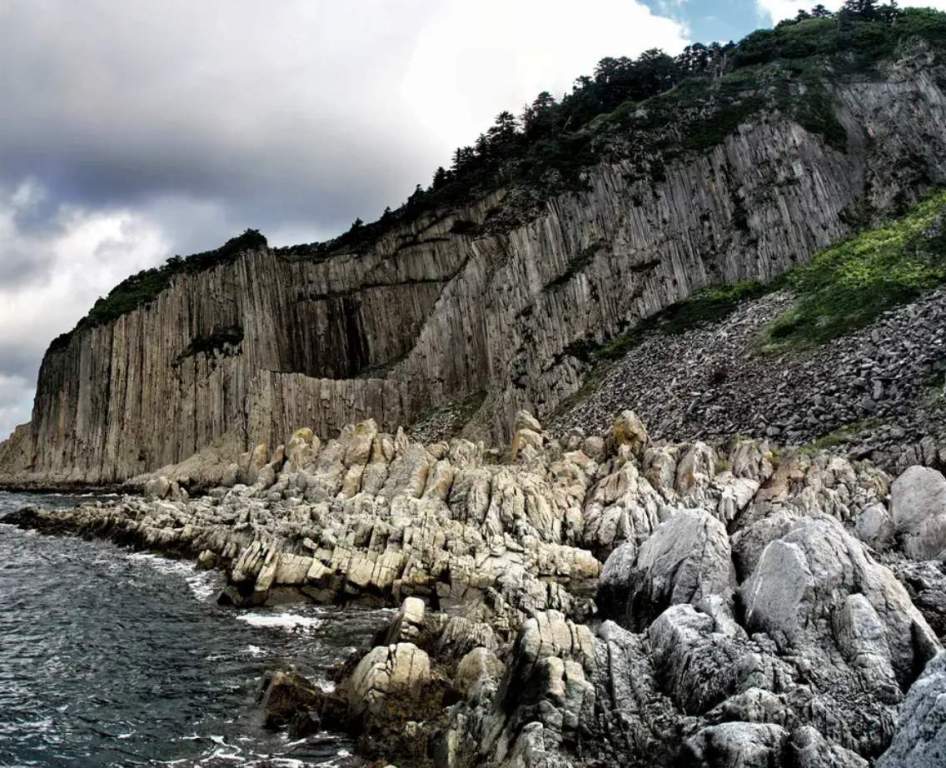Mohenjo Daro is an ancient city of Pakistan, an approximately 5000-year-old city located in northwestern Sindh of Pakistan. Mohenjo Daro is of historical significance on the UNESCO World Heritage List. This is a major tourist attraction because of its fascinating archaeological site. This place displays the real ruins of the Indus Valley civilization, which is the best-persisted urban ruins in South Asia.
Mohenjo Daro was built circa 2,600 BCE with a population of 35,000 to 50,000, making it one of the largest and most advanced cities at the time with wonderfully sophisticated civil engineering and urban planning. The city was abandoned for unknown reasons, perhaps due to river courses.
It’s a great must-visit city for those who are interested in history. But for that, you must choose a bit cooler months, which start from October until March. On the other side, you might be preparing yourself for blisteringly hot weather.
The highest temperature recorded was 53.5°C (128°F) here on May 26, 2010, which is the highest reliably measured temperature in Asia, and the fourth-highest temperature recorded anywhere in the world. Mohenjo Daro ruins were first discovered in 1911. Its name is associated with the Sindhi language and is also known as Harappan Civilization (another main archaeological site at Harappa, Pakistan).
It is estimated that one-third of the site has been explored. The Mohenjo Daro site is located inside a walled compound and can only be accessed through the main entry gate. It is only a pedestrian area and can be easily covered on foot. The complex open time is varied depending on the hot and cooler months. It is also noted that some precious collections of coins discovered beneath a wall collapsed.
Cold drinks, water, and tea are the main choices to fight with the dry climate; only one PTDC hotel offers some good food, which is already catering to too many people. There are also a few small general stores and stalls outside the complex that sell some food, such as snacks, soft drinks, and bottled water.
There are only two lodging facilities here, Archaeology Rest House and the PTDC Motel. Tourists can find various things outside the complex, like a gift shop, seals, stones, souvenirs, and books written on Mohenjo Daro.
Also See: Kachaghakaberd Fortress Amaze Everybody With its Awesome Beauty





Read More: The Snapping Turtles (Chelydra serpentina)
Affiliates Links:
-
How One Woman Discovered the Female Fat-Loss Code Missed by Modern Medicine And Lost 84lbs Using a Simple 2-Step Ritual That 100% Guarantees Shocking Daily Weight Loss
-
60 Seconds Habit ! That Reversed Type 2 Diabetes and Melted 56 lbs of Fat
-
Boost Your Energy, Immune System, Sexual Function, Strength & Athletic Performance
-
Diabetes Remedy # 1 Mega Offer for 2019






